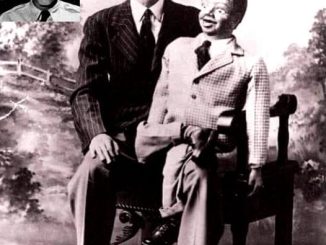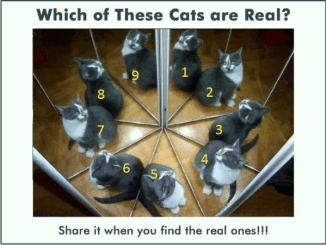Life is full of intriguing puzzles, and today, we have a brain-teasing mystery to tickle your logical thinking. Imagine this: two brothers are twins, born on the same day. One day, a man asks them their age. The first twin responds, “I am twenty,” while the second twin says, “I am twenty-two.” How could this possibly be true? Is there a trick, a hidden clue, or perhaps an unorthodox explanation? Let’s dive in and unravel this riddle together.
Challenge Your Mind: Can You Solve It?

At first glance, this puzzle might seem like a simple math problem or an oversight in logic. But as with all good riddles, there’s more to it than meets the eye. Before you continue reading, take a moment to think about it. How could twins, born on the same day, claim to be two years apart in age?
Pause for a second. Got your answer? Great! Now, let’s explore the mystery.
Common Missteps When Solving Riddles Like This
When faced with a puzzle like this, many people jump to conclusions or overlook critical details. Let’s explore a few common errors and why they happen:
- Assuming Biological Impossibility
The first instinct is often to question the biology: “How can twins have different ages?” People may imagine scenarios where they were born on separate days, which can occasionally happen if one twin is born before midnight and the other after. While creative, this idea doesn’t fit the facts presented in the riddle. - Overcomplicating the Situation
Another trap is overthinking. Some might craft elaborate backstories, such as one twin time-traveling or living in a different time zone. While these ideas are imaginative, they’re not grounded in the puzzle’s clues. - Missing Subtle Clues in the Wording
The biggest pitfall is overlooking the linguistic twist. Riddles often play on words or phrasing to mislead the solver. In this case, the key lies in how the second twin’s statement is phrased.
Understanding these common mistakes prepares us to approach the riddle with fresh eyes and a sharper focus.
Step-by-Step Breakdown: Solving the Puzzle
Now that we’ve identified potential traps, let’s solve the riddle step by step. Pay attention to the details—every word counts.
Step 1: Clarify the Facts
- The brothers are twins. This means they share the same birthday and, therefore, the same age.
- One twin says, “I am twenty,” and the other says, “I am twenty-two.” At first glance, this seems contradictory.
Step 2: Analyze the Statements
Let’s dissect each twin’s response:
- The first twin’s statement, “I am twenty,” is straightforward. No ambiguity here.
- The second twin’s statement, “I am twenty-two,” might seem confusing. But what if he doesn’t mean 22 as an age? What if it’s a play on words?
Step 3: Consider Wordplay
The phrase “I am twenty-two” could also be heard as “I am twenty too,” meaning “I am twenty as well.” This subtle twist is the riddle’s key. The second twin isn’t claiming to be 22 years old—he’s confirming that he’s also 20, just like his brother.
Step 4: Verify the Solution
- If both twins are saying they are twenty, the apparent contradiction disappears. The puzzle’s clever wording is what creates the illusion of inconsistency.
The Answer: A Linguistic Trick

The second twin’s statement, “I am twenty-two,” is a classic example of a wordplay. Instead of declaring his age as “twenty – two”, he’s saying “I am twenty too,” or “I am twenty as well.” This clever twist relies on the double meaning of the phrase to confuse and delight the solver.
Why Riddles Like This Are Great for Your Brain
Puzzles like these aren’t just fun—they’re great for sharpening your mind. They challenge your ability to:
- Think critically and logically.
- Pay attention to subtle details.
- Recognize and interpret linguistic nuances.
The more riddles you solve, the better you’ll get at spotting these tricks, which can also improve problem-solving skills in everyday life.
Let’s Hear From You!
Did you crack the code, or did this riddle stump you? Share your thoughts in the comments below! What was your initial answer, and how did you arrive at it? Don’t worry if you didn’t solve it right away—these puzzles are meant to be tricky.
If you enjoyed this challenge, why not share it with your friends and see how they fare? Puzzles like these are even more fun when tackled together.
Conclusion: Keep Your Brain Sharp
Riddles, brain teasers, and puzzles are more than just entertainment—they’re exercises for the mind. Solving them regularly can improve your logical thinking and attention to detail. So, take this as an invitation to explore more riddles and challenges. Who knows? You might uncover a hidden talent for problem-solving.
Remember, the answer to life’s puzzles often lies in the small details. Keep looking, stay curious, and most importantly, have fun!


